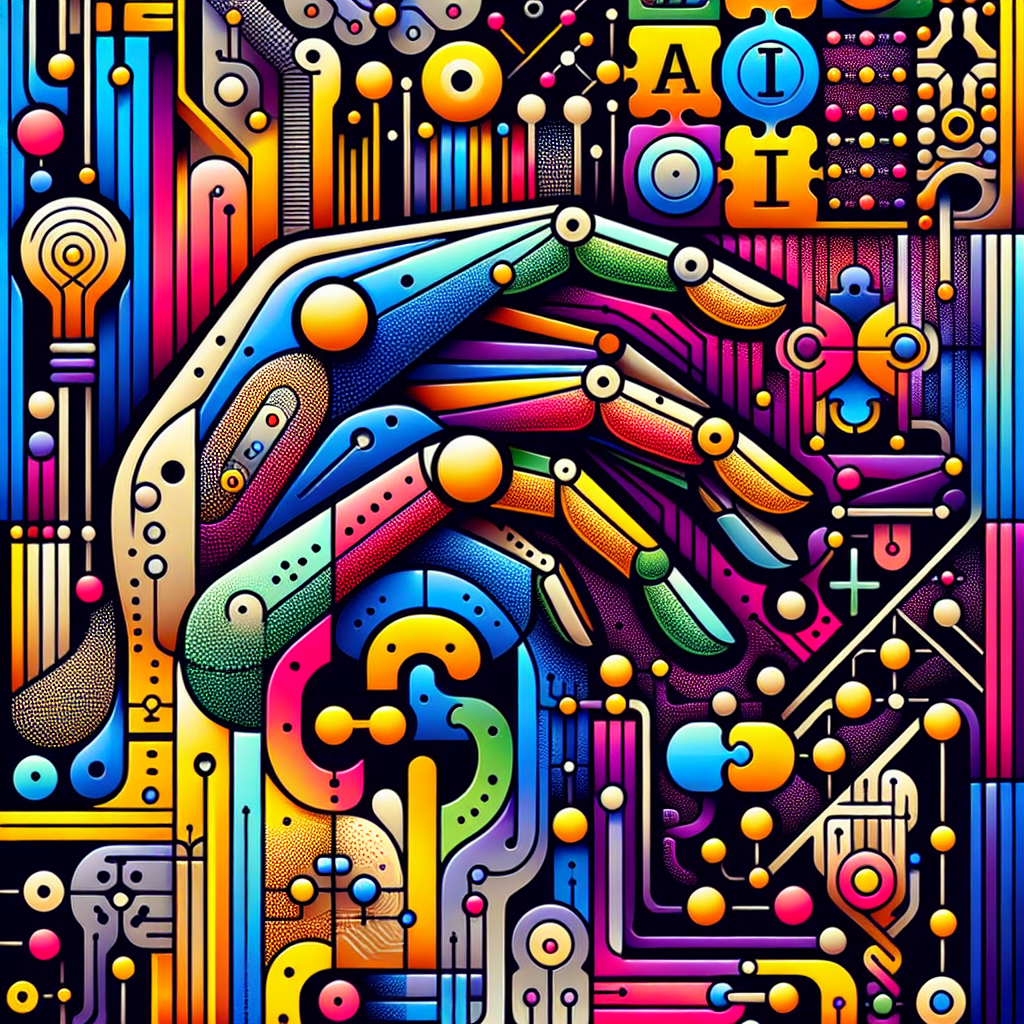Artificial Intelligence (AI) has revolutionized many industries, including user experience design. By leveraging the power of AI, designers can create intuitive interfaces that enhance the user experience and drive engagement. In this article, we will explore how AI is shaping the field of user experience design and how it can be used to create seamless, user-friendly interfaces.
AI and User Experience Design
User experience design is the process of creating products or services that provide a meaningful and enjoyable experience for users. It involves understanding the needs and behaviors of users and designing interfaces that are intuitive and easy to use. With the help of AI, designers can take user experience design to the next level by creating interfaces that are not only visually appealing but also highly functional and responsive.
One of the key ways in which AI is transforming user experience design is through the use of machine learning algorithms. These algorithms can analyze large amounts of data to identify patterns and trends in user behavior, allowing designers to make informed decisions about how to design interfaces that meet the needs of their target audience. For example, AI can be used to analyze user interactions with a website or app and suggest improvements to enhance the overall user experience.
Another way in which AI is shaping user experience design is through the use of natural language processing (NLP) technology. NLP allows designers to create interfaces that can understand and respond to natural language input, making it easier for users to interact with a product or service. For example, chatbots powered by NLP technology can provide personalized assistance to users, helping them navigate through a website or app more effectively.
AI can also be used to personalize the user experience by analyzing user data and tailoring interfaces to meet the needs and preferences of individual users. For example, AI-powered recommendation engines can suggest products or content that are likely to be of interest to a particular user, based on their past behavior and preferences. This level of personalization can help to increase user engagement and drive conversions.
Creating Intuitive Interfaces with AI
When designing interfaces with AI, it is important to focus on creating intuitive experiences that are easy for users to navigate and understand. Here are some key principles to keep in mind when designing interfaces with AI:
1. Understand the needs and behaviors of your users: Before designing an interface, it is important to conduct user research to understand the needs and behaviors of your target audience. This will help you to design interfaces that are tailored to the preferences and expectations of your users.
2. Use AI to analyze user data: AI can be used to analyze user data and identify patterns and trends in user behavior. This information can be used to inform the design of interfaces that are intuitive and user-friendly.
3. Leverage machine learning algorithms: Machine learning algorithms can be used to automate the process of analyzing user data and identifying insights that can be used to improve the user experience. By leveraging these algorithms, designers can create interfaces that are more responsive to the needs of users.
4. Incorporate natural language processing technology: NLP technology can be used to create interfaces that can understand and respond to natural language input. This can help to make interfaces more user-friendly and intuitive.
5. Personalize the user experience: AI can be used to personalize the user experience by analyzing user data and tailoring interfaces to meet the needs and preferences of individual users. This level of personalization can help to increase user engagement and drive conversions.
FAQs
Q: How can AI be used to improve the user experience of a website or app?
A: AI can be used to analyze user data, identify patterns and trends in user behavior, and personalize the user experience. By leveraging AI technology, designers can create interfaces that are intuitive, user-friendly, and responsive to the needs of users.
Q: What are some examples of AI-powered interfaces?
A: Some examples of AI-powered interfaces include chatbots, recommendation engines, and personalized content suggestions. These interfaces use AI technology to provide personalized assistance to users, help them navigate through a website or app more effectively, and suggest products or content that are likely to be of interest to them.
Q: How can designers ensure that interfaces created with AI are intuitive and user-friendly?
A: Designers can ensure that interfaces created with AI are intuitive and user-friendly by conducting user research, analyzing user data, leveraging machine learning algorithms, incorporating natural language processing technology, and personalizing the user experience. By following these principles, designers can create interfaces that are tailored to the preferences and expectations of their users.
In conclusion, AI is transforming the field of user experience design by enabling designers to create interfaces that are intuitive, user-friendly, and responsive to the needs of users. By leveraging the power of AI technology, designers can analyze user data, identify patterns and trends in user behavior, personalize the user experience, and create interfaces that provide a meaningful and enjoyable experience for users. With the continued advancement of AI technology, the possibilities for creating intuitive interfaces are endless, and the future of user experience design looks brighter than ever.

